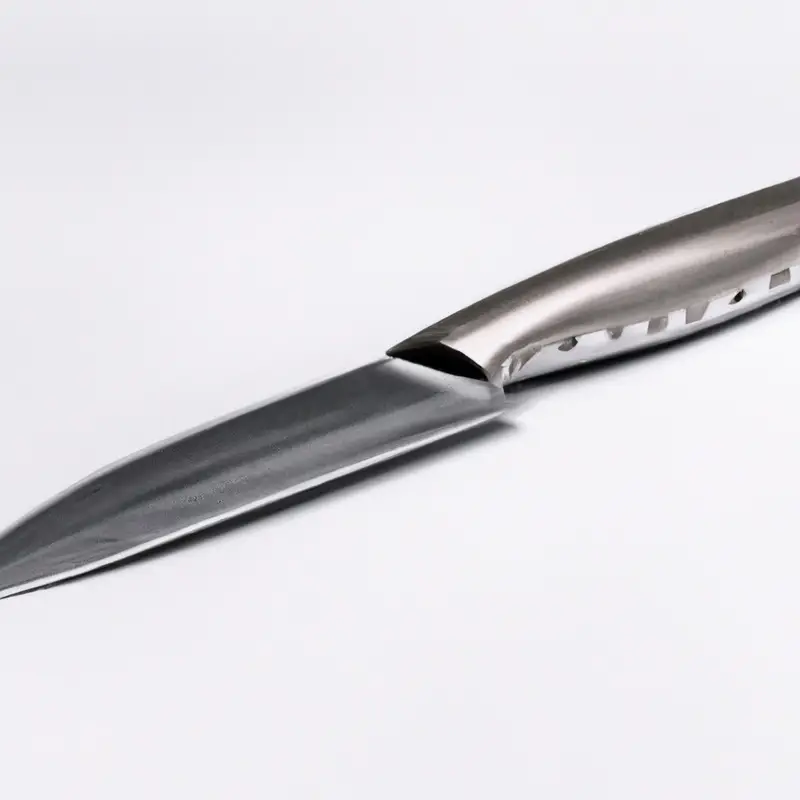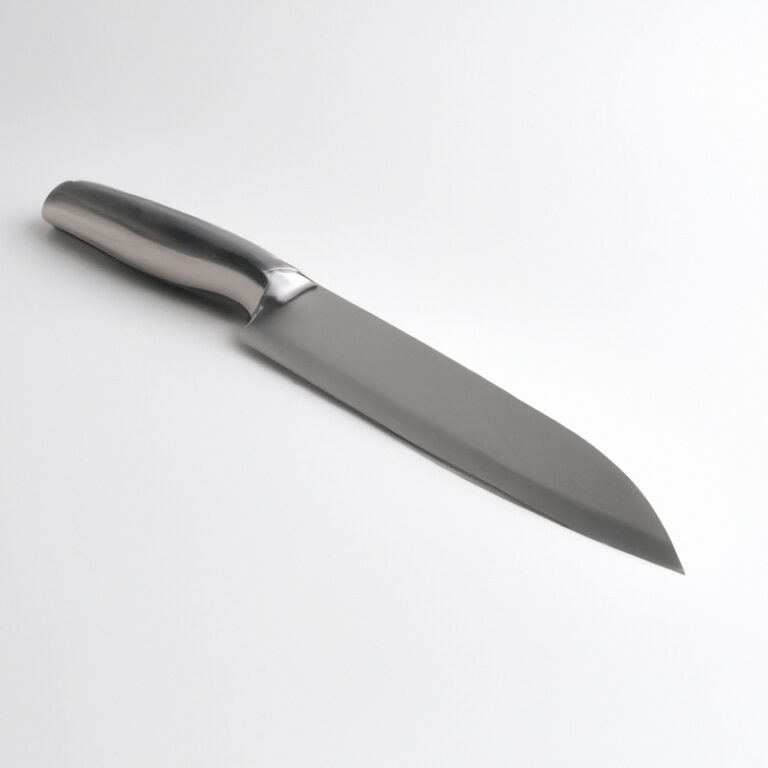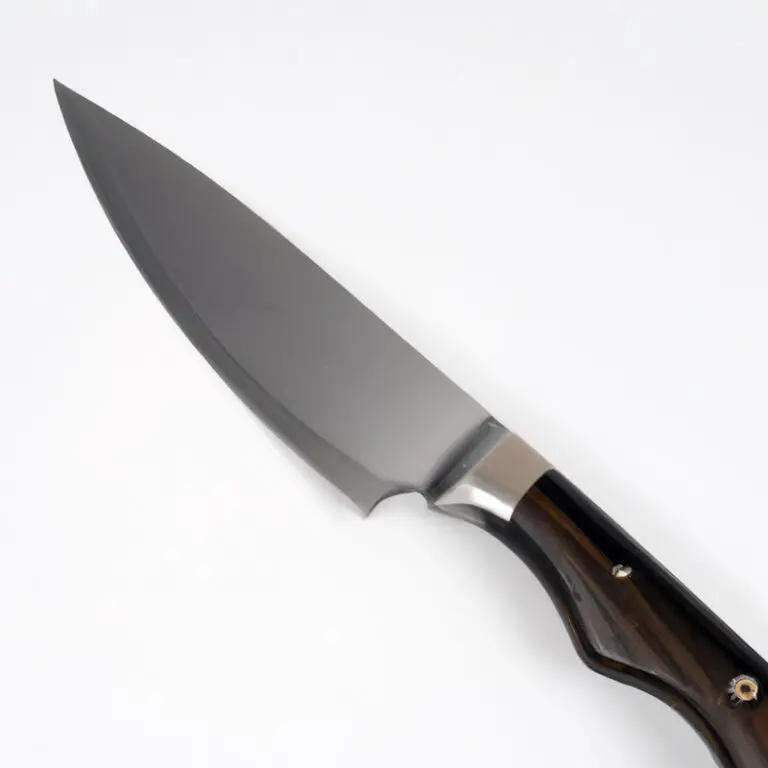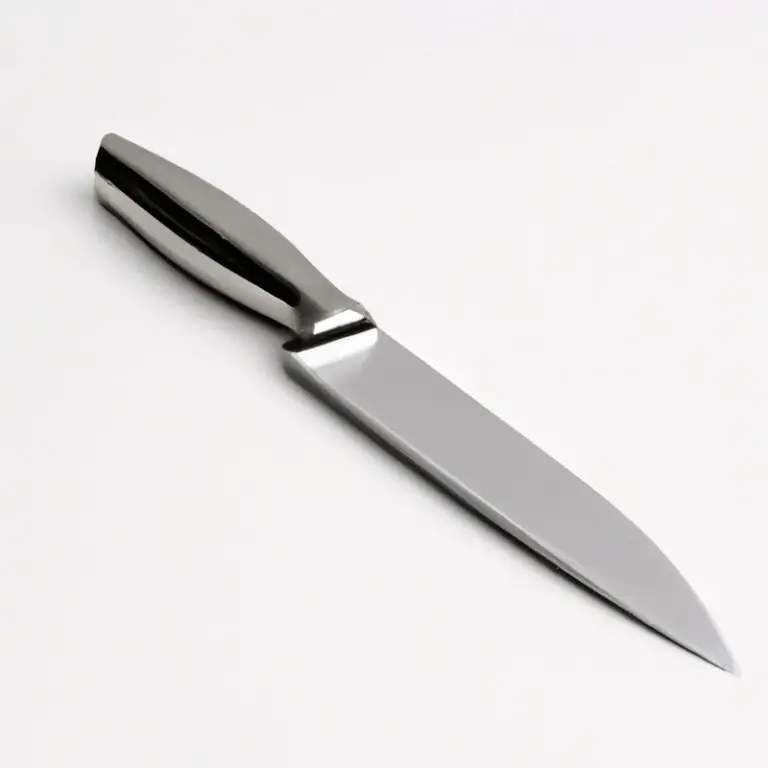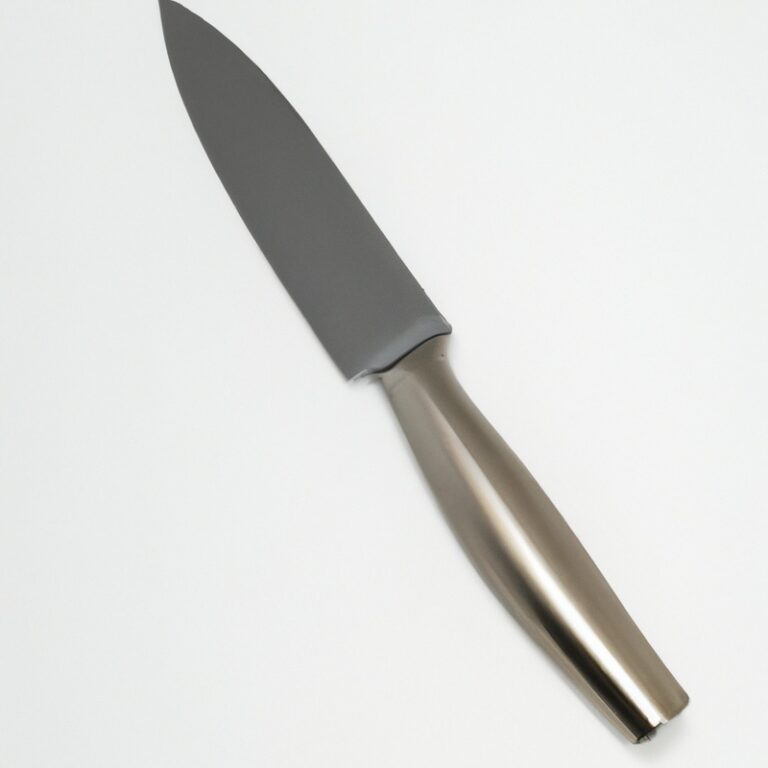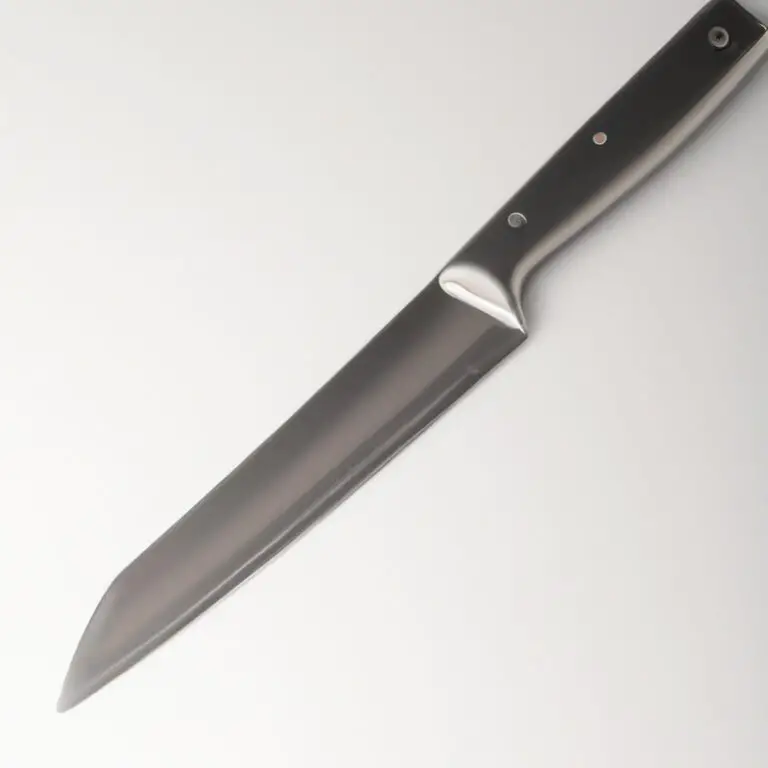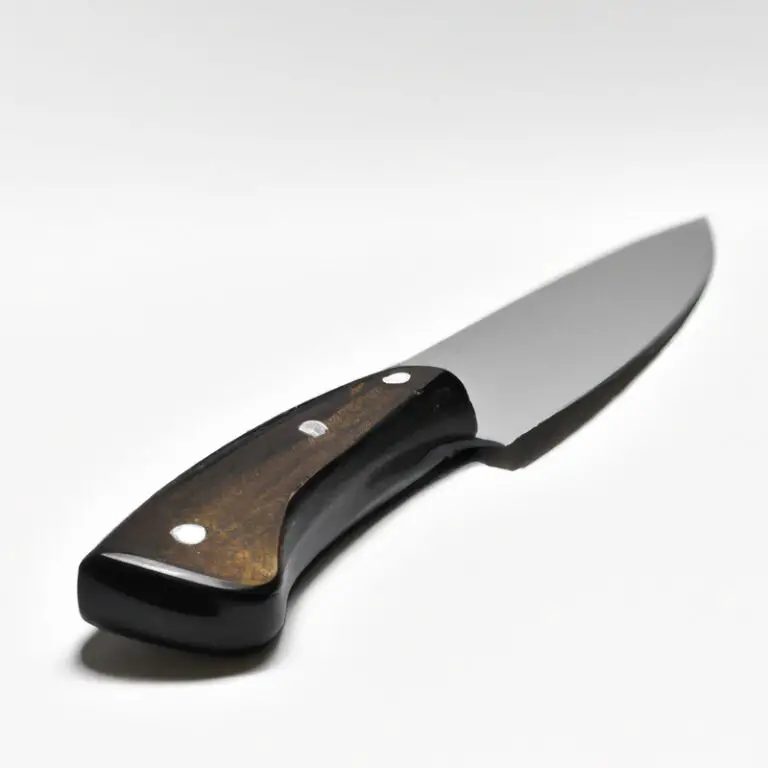What Is The Purpose Of The Bolster On a Paring Knife? Explained!
Key Takeaways:
- The bolster on a paring knife serves as a protection and balance between the blade and the handle.
- The bolster can also provide additional leverage and control while cutting.
- Professional chefs often prefer knives with a bolster for the added stability it provides.
- While not necessary for all kitchen tasks, a bolster can enhance the functionality and safety of a paring knife.
Have you ever wondered what that small section between the blade and handle of your paring knife is for? That’s the bolster, and it’s not just for looks.
The bolster on a paring knife serves an essential purpose in improving balance, control, comfort, and safety when using the knife.
As a kitchen enthusiast and professional chef, I can attest to the significant impact a comfortable bolster can have on your knife experience. In this article, I’m going to break down the anatomy of a paring knife bolster, its benefits, and how to choose the right paring knife with a comfortable bolster for you.
| Bolster on Paring Knife | |
|---|---|
| The Purpose: | Providing balance and control while cutting |
| Benefits: |
|
| Disadvantages: |
|
Definition of a Paring Knife Bolster
A paring knife bolster refers to the thicker metal part that connects the blade and handle of a paring knife. It serves as a finger guard and helps to balance the weight of the knife when cutting or peeling.
A bolster also offers additional support to the handle, providing a more secure grip and reducing hand fatigue.
Some paring knives have full bolsters that extend to the blade’s heel, while others have a partial bolster that ends just before the heel. Overall, a paring knife bolster is an essential aspect of the knife’s design, ensuring a comfortable and safe cutting experience.
The Importance of the Bolster on a Paring Knife
The bolster is an important component on a paring knife that separates the blade from the handle. It prevents your fingers from sliding onto the sharp blade while providing balance and control during cutting.
The bolster also adds weight to the knife, making it easier to grip, which decreases hand fatigue.
Paring knives without bolsters are lightweight and do not offer the same level of balance as those with bolsters. It is crucial to choose a paring knife with an ergonomic bolster that fits comfortably in your hand and offers maximum safety and control.
With the right bolster, you can experience an effortless and enjoyable cutting experience.
The Anatomy of a Paring Knife Bolster
The bolster on a paring knife is the thick metal junction between the handle and the blade. It serves multiple functions such as improving balance, control, and safety.
Most bolsters are made of stainless steel, brass, or copper, and come in different shapes and sizes depending on the knife brand.
The bolster helps to prevent hand fatigue by providing a comfortable resting place for your fingers while cutting, peeling, or trimming fruits, vegetables, and herbs. The bolster also acts as a finger guard that protects your non-dominant hand from accidentally slipping onto the sharp blade while cutting.
When shopping for a paring knife, it’s essential to choose one with a well-designed bolster that fits your hand comfortably and provides excellent balance, precision, and safety.
How the Bolster Improves Balance and Control
The bolster on a paring knife improves balance and control in several ways. First, it provides a comfortable grip for the hand, allowing for better control and precision while cutting.
Second, the weight of the bolster adds balance to the knife, preventing it from feeling too top-heavy, which can compromise control.
Finally, the bolster acts as a buffer for the hand, preventing it from slipping down onto the blade, which can be dangerous. Overall, the bolster on a paring knife is an essential component of the knife, contributing to its functionality and safety.
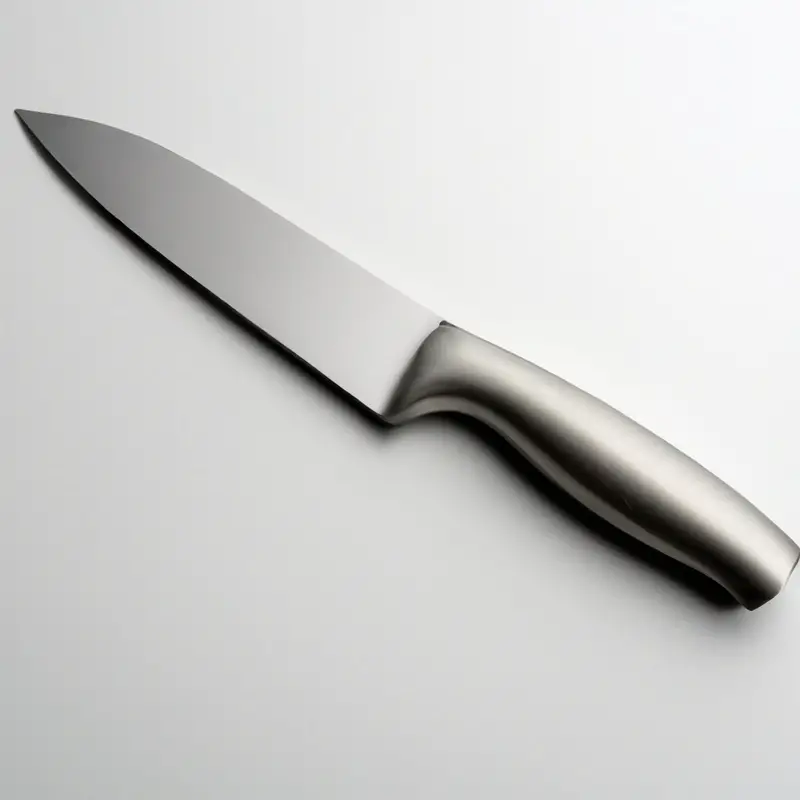
Why A Paring Knife Bolster Prevents Hand Fatigue
A paring knife bolster prevents hand fatigue by providing a smooth transition from the blade to the handle. This allows for a comfortable and secure grip, reducing the pressure and strain on your fingers and joints.
The bolster also adds weight to the knife, improving balance and control, which further reduces the effort required to cut through food.
With a comfortable grip and improved control, you can work for longer periods without experiencing hand fatigue or discomfort.
Understanding the Bolster’s Role in Knife Safety
The bolster on a paring knife plays a crucial role in ensuring knife safety. It serves as a barrier between the sharp blade and your fingers while holding the knife.
The bolster’s weight and density also contribute to the knife’s balance, providing better control over the cutting process.
This increased control reduces the risk of the blade slipping unexpectedly, lowering the chance of injury. Moreover, the bolster’s presence helps to prevent hand fatigue, allowing for more extended periods of safe and comfortable use.
When choosing a paring knife, prioritize one with a comfortable bolster that suits your grip and cutting style.
Regular maintenance of the bolster can maintain its condition, ensuring that it continues to provide the necessary safety and control. Remember, a bolster on a paring knife is a valuable safety feature you should always consider when making your purchase.
How to Choose the Right Paring Knife with A Comfortable Bolster
When it comes to choosing the right paring knife with a comfortable bolster, there are a few factors to consider. First and foremost, consider the size of the knife.
Paring knives typically have a blade length between 3 and 4 inches, but it’s important to choose a size that feels comfortable in your hand.
Next, think about the material of the blade. Stainless steel is a popular option for its durability and rust resistance, but high-carbon steel is known for its sharpness and edge retention.
Ceramic blades are also an option but can be brittle and prone to chipping.
When it comes to the handle of the knife, look for one that is comfortable in your hand and provides a secure grip. A bolster adds weight to the knife and can improve balance and control, but some people may prefer a lighter weight without a bolster.
Lastly, consider the maintenance and care required for the knife.
Look for a knife that is easy to clean and sharpen, and consider investing in a storage option to protect the blade and bolster from damage. By taking these factors into account, you can choose the right paring knife with a comfortable bolster that will provide precision and control for all your kitchen tasks.
Care and Maintenance of a Paring Knife Bolster
Proper care and maintenance of a paring knife bolster is essential to ensure its longevity and performance. Here are some quick tips to keep your paring knife bolster in good condition:
- Clean your knife after every use to prevent bacteria buildup, which can damage the bolster over time
- Use a damp cloth or sponge to wipe the bolster, avoiding abrasive materials that can scratch the surface
- Dry the knife completely before storing it to prevent the buildup of moisture
- Apply a food-grade oil to the bolster occasionally to prevent rust and corrosion
- Sharpen the blade regularly to avoid excessive pressure on the bolster during use
- Store your knife in a dry and safe place, away from other sharp objects that can cause damage to the bolster.
By following these simple tips, you can maintain the quality and durability of your paring knife bolster, ensuring it remains a reliable and comfortable tool in your kitchen arsenal.
Upgrading Your Paring Knife Experience with the Right Bolster
When choosing a paring knife, upgrading your experience means considering the right bolster. A comfortable bolster improves balance and control, reducing hand fatigue and increasing safety during use.
Opting for a bolstered paring knife provides better sturdy grip and control for delicate cuts, making the experience more efficient and enjoyable.
When shopping for a paring knife, choose a model that has a comfortable bolster and handle that fits your grip. With proper care and maintenance, the bolstered paring knife will become a long-lasting, reliable tool in your kitchen.
Bolster vs. Non-Bolster Paring Knives: Pros and Cons
Bolster paring knives have a thick metal extension that separates the blade and handle, while non-bolster knives have a straight edge extending from the blade to the handle. Each type has its pros and cons.
Pros of Bolster Paring Knives:
- Better Balance and Control: The extra weight of the bolster improves balance, providing better control and precision while cutting.
- Prevents Hand Fatigue: The thick bolster helps in reducing hand fatigue by providing a cushioned grip.
- Safety: Bolster knife ensures safety as it keeps the fingers away from the blade edge while slicing and prevents the knife from slipping when used with wet or oily hands.
Cons of Bolster Paring Knives:
- Difficulty in Sharpening: It is challenging to sharpen the edge of the blade around the thick bolster, which can be frustrating.
- Restriction in Blade Access: The extension of the bolster makes it difficult to access the blade’s entire edge when slicing and cutting.
Pros of Non-Bolster Paring Knives:
- Ease of Sharpening: The straight edge makes it easier to sharpen the entire blade, including the edge.
- Improved Blade Access: The lack of extension makes it easier to use the entire blade edge while cutting and slicing.
Cons of Non-Bolster Paring Knives:
- Poor Balance: The absence of a bolster makes the knife unbalanced and less precise, leading to slippage during use.
- Increased Hand Fatigue: The lack of cushioning makes it challenging to grip the knife, resulting in increased hand fatigue.
Overall, choosing between a bolster and non-bolster paring knife depends on individual preference and the type of cutting tasks at hand. It is essential to consider the pros and cons of each and choose a knife that best suits the user’s needs.
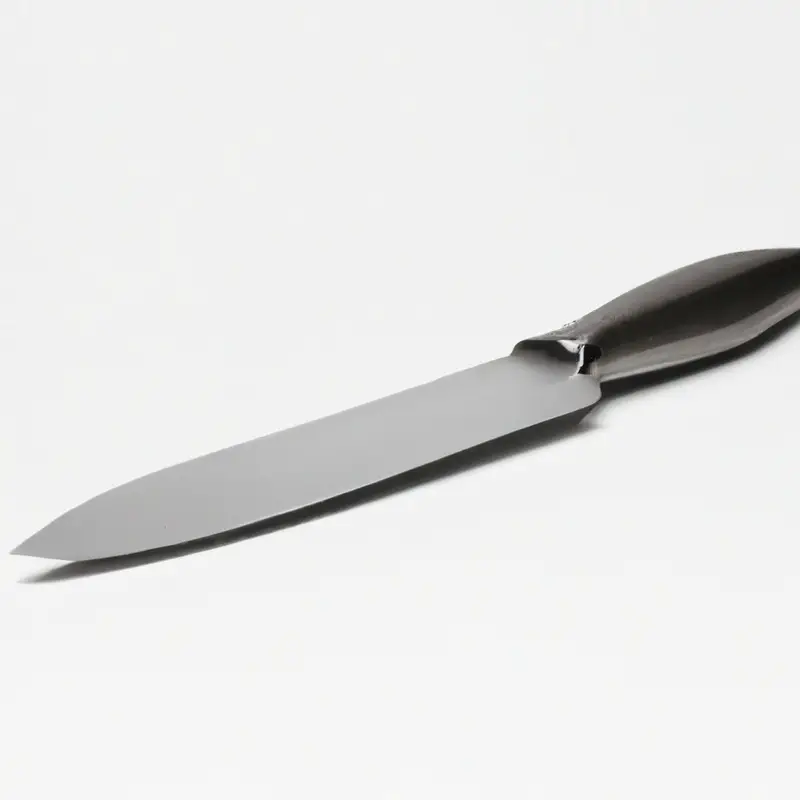
Final Verdict
The bolster on a paring knife serves a crucial role in achieving optimal balance, control and safety in the kitchen. This small but mighty feature can make a world of difference in preventing hand fatigue, improving cutting performance and enhancing user confidence.
By understanding the anatomy of a paring knife bolster and the factors to consider when choosing and maintaining one, you can upgrade your kitchen experience and become a more efficient and skilled chef.
Whether you prefer a bolster or non-bolster paring knife, always prioritize quality and comfort. With the right bolster, you’ll be able to elevate your culinary skills to new heights and take on any recipe with ease and precision.
Trust in the power of the bolster to transform your cooking game today.

